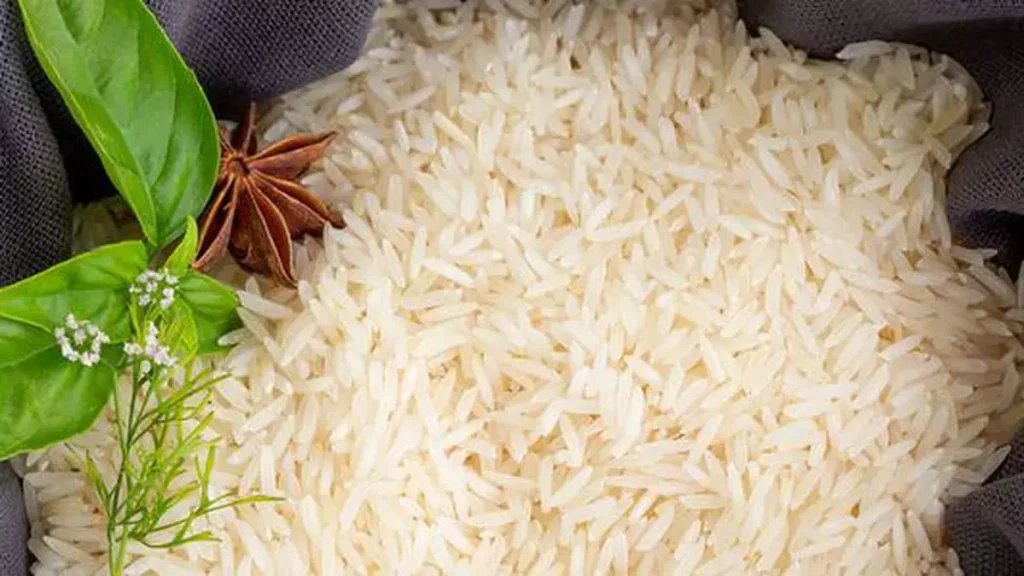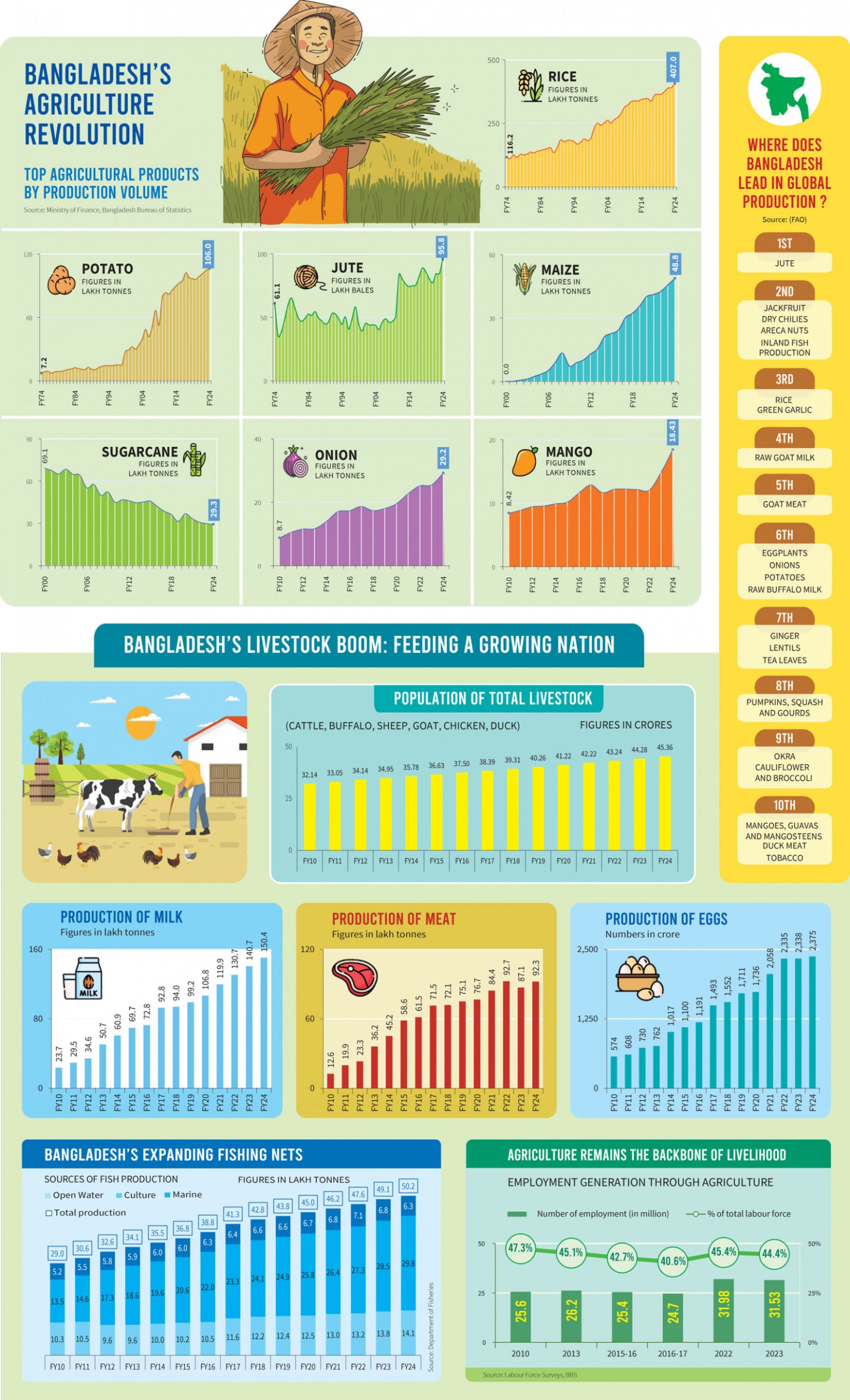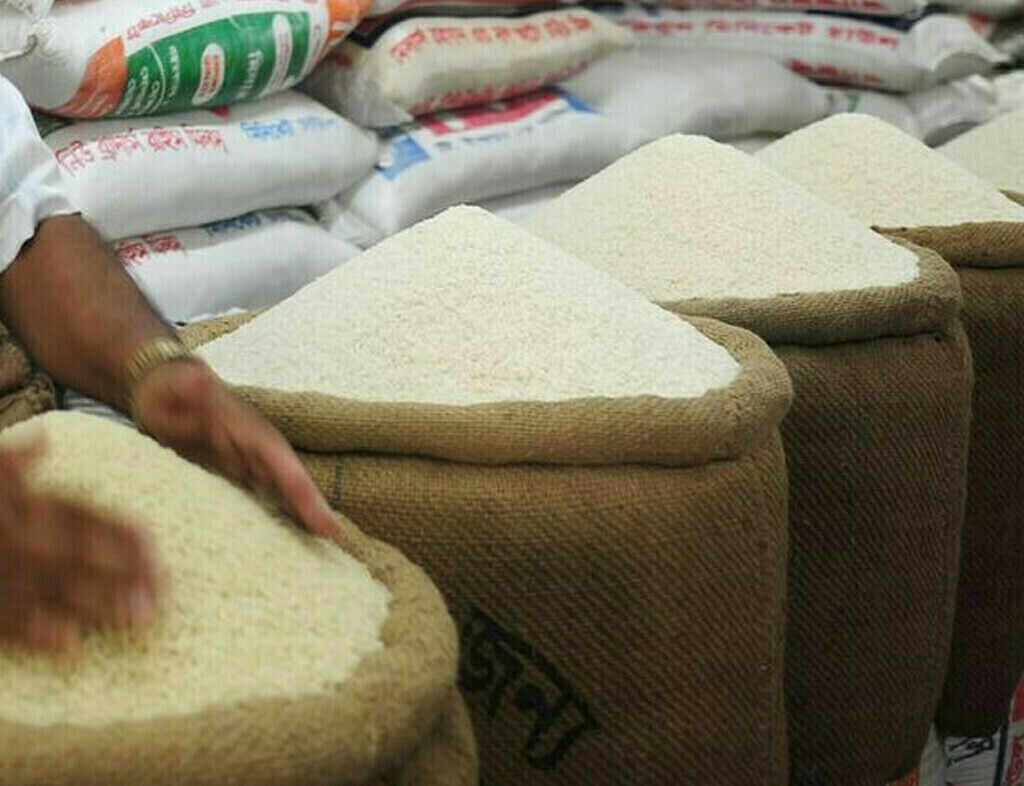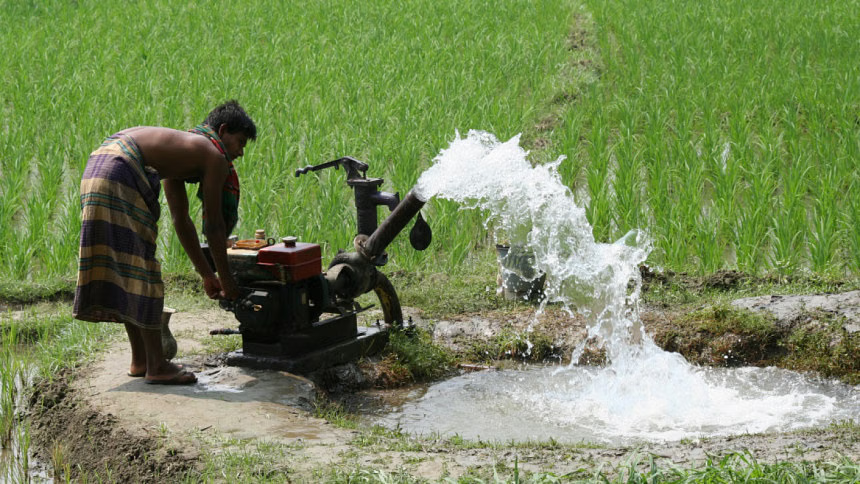Tags
Navigating global rice markets: Strategies for successful exports
It needs resilience, innovation and collective commitment to safeguard a vital staple that sustains worldwide population

Rice | Photo Credit: Getty Images/iStockphoto
Rice, an essential staple for billions worldwide, is undergoing significant market shifts, prompting exporting nations to reassess their strategies for successful trade in the global rice markets.
Understanding the shifting dynamics
The global rice market is a mosaic of varied consumption patterns. It can be segmented into three primary categories based on consumer preferences: the premium segment encompassing basmati and Jasmine rice, widely consumed Thai and long-grain rice, and the parboiled and broken rice category predominantly favoured in Western Africa and Europe.
Impact of global demand fluctuations
Recent changes in demand have triggered a ripple effect across exporting nations. India, the largest producer across all rice categories, faced production challenges due to factors like El Nino. To safeguard domestic supply and manage burgeoning demand, India implemented measures such as export bans and Minimum Export Prices (MEP), impacting stakeholders across the supply chain, from millers to farmers.
Consequently, the global market experienced shortages across all rice categories, leading to price inflation and a scramble for alternate sourcing. Nations like Vietnam, Pakistan, and Myanmar witnessed a surge in demand, benefiting from India’s export limitations. In contrast, countries heavily reliant on imports, such as Indonesia, refocused efforts on bolstering domestic production to meet local consumption needs.
Strategies for 2024
In navigating these shifting tides, exporting nations are devising strategies to maintain their competitive edge in global rice markets.
Diversification of Export Destinations: With India’s export restrictions altering traditional trade flows, exporting nations are exploring new markets and diversifying their export destinations. Emerging economies in Southeast Asia, including Myanmar and Cambodia, are now being seen as potential markets to bridge the supply-demand gap.
Enhanced Domestic Capabilities: Recognising the volatility in global markets, countries are prioritising enhancing domestic capabilities. Investments in technology, infrastructure, and farming practices aim to bolster production and ensure self-sufficiency to mitigate the impact of external market fluctuations.
Collaborative efforts: Cooperation among exporting nations is becoming increasingly crucial. Collaborative agreements for information sharing, technology transfer, and joint ventures in research and development can fortify the collective strength of exporting nations, ensuring stability in global supply.
The path ahead
The future of successful rice exporting lies in adaptation and collaboration. As the market continues to evolve, agility in response to changing demand dynamics will be essential. Exporting nations must adopt forward-thinking policies, embrace technological advancements, and foster cooperation to maintain stable prices, ensure food security, and meet the diverse needs of global consumers.
Navigating the global rice markets in 2024 demands resilience, innovation, and a collective commitment to safeguarding a vital staple that sustains populations worldwide.
(The author is Director, Vibaantta Global Pvt Ltd.)
https://www.thehindubusinessline.com/economy/agri-business/navigating-global-rice-markets-strategies-for-successful-exports/article67879986.ecePublished Date: February 24, 2024






